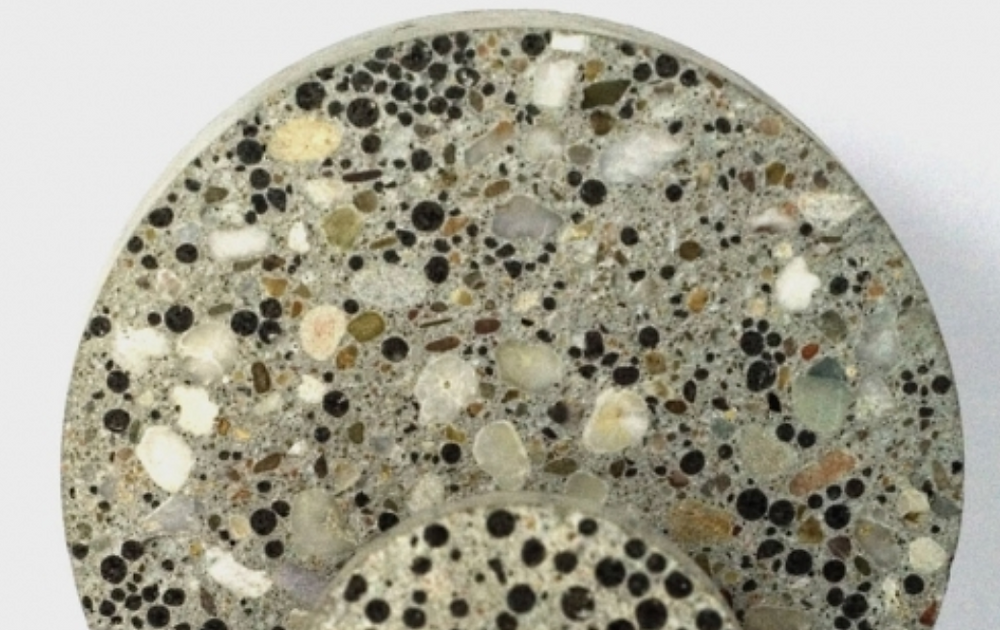The construction industry has always been known for innovation and the use of cutting-edge technology. In recent years, there has been a growing interest in advanced building materials that can offer improved performance, sustainability, and cost-effectiveness.
In this article, we'll take a closer look at some of the top advanced building materials that are trending across the construction industry in 2023 and share some strategies on how contractors can start incorporating such advanced materials into their projects today.
Trending Advanced Building Materials
1. Cross-Laminated Timber (CLT)
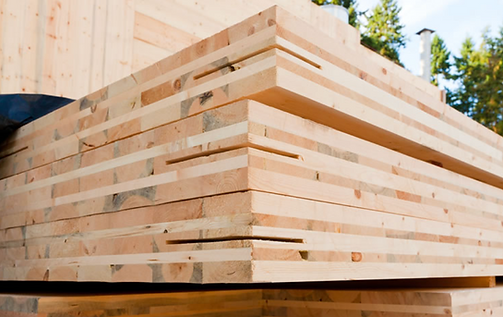
Cross-laminated timber (CLT) is a wood panel product that is rapidly gaining popularity as an alternative to concrete and steel in construction. CLT is made by laminating layers of wood at right angles to one another, creating a strong and rigid panel that can be used for walls, floors, and roofs. The material is lightweight, renewable, and can be prefabricated off-site, reducing construction time and waste.
2. Carbon Fiber Reinforced Polymer (CFRP)
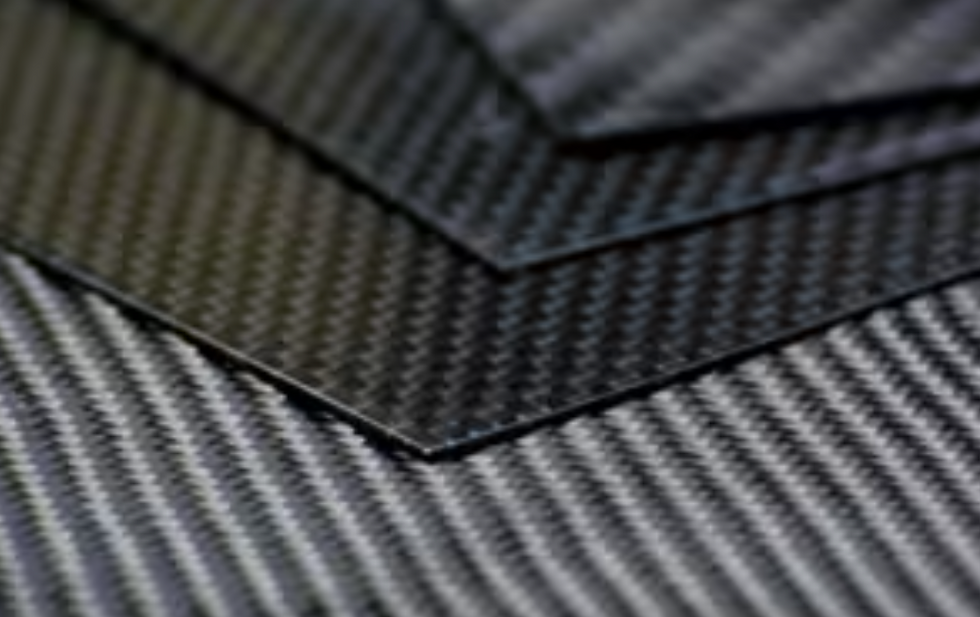
Carbon fiber reinforced polymer (CFRP) is a composite material made of carbon fibers and a polymer matrix. It is known for its high strength-to-weight ratio, making it an ideal material for structural reinforcement and seismic retrofitting. CFRP can be used to strengthen concrete and steel structures, and it can also be used to create lightweight and durable bridge decks, beams, and columns.
3. Insulated Concrete Forms (ICF)
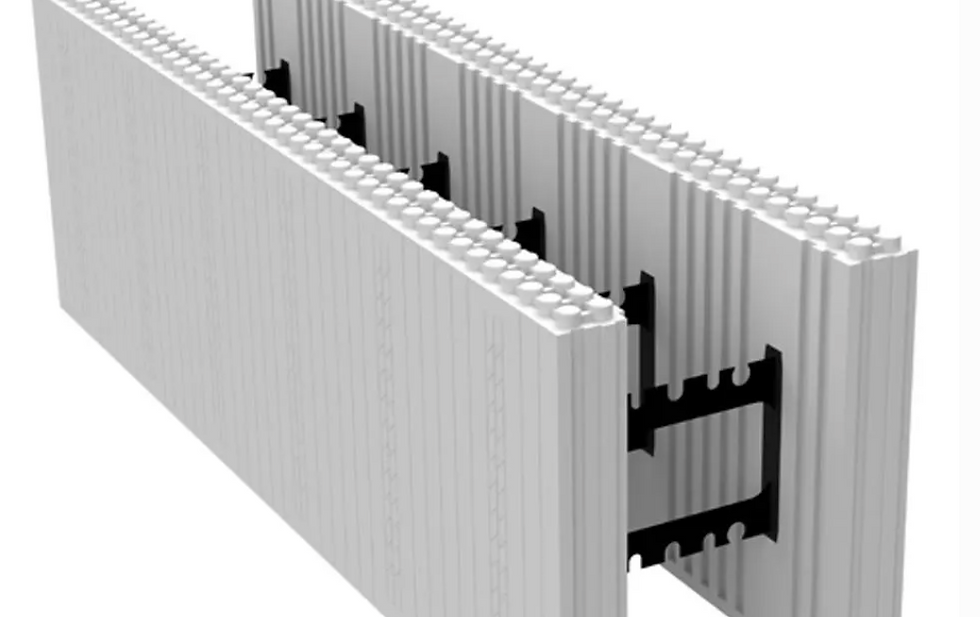
Insulated concrete forms (ICF) are a type of formwork used to cast reinforced concrete walls. They consist of rigid foam insulation panels that are assembled into a formwork and filled with concrete. ICFs offer excellent thermal insulation, soundproofing, and durability, and they can be used for walls, floors, and roofs. The material is also fire-resistant, mold-resistant, and insect-resistant.
4. Self-Healing Concrete
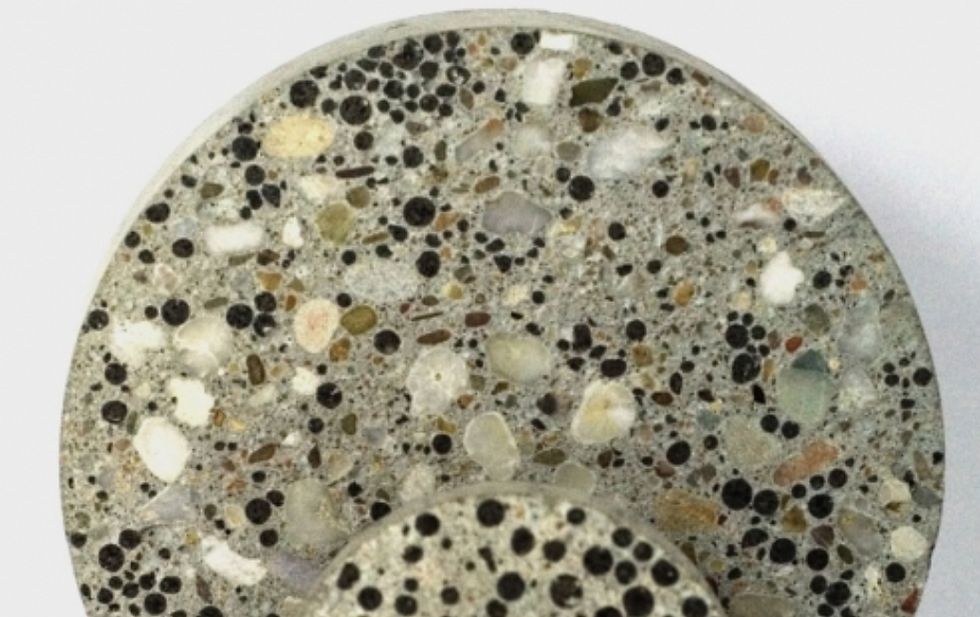
Self-healing concrete is a type of concrete that can repair its own cracks and damage. It works by incorporating capsules of healing agents, such as bacteria or polymers, into the concrete mix. When a crack appears, the capsules rupture, releasing the healing agents to repair the damage. Self-healing concrete can improve the durability and lifespan of concrete structures and reduce maintenance costs.

5. Transparent Wood
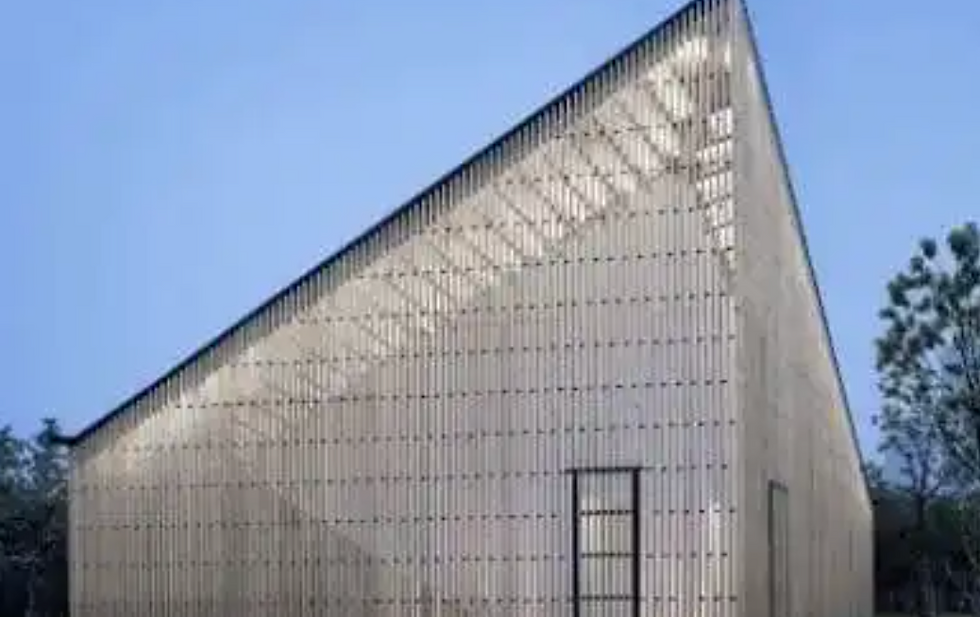
Transparent wood is a material made by removing the lignin from wood, leaving behind the cell structure. The resulting material is transparent, strong, and lightweight, and it can be used for windows, solar cells, and building facades. Transparent wood is also a renewable and sustainable material, making it an attractive option for eco-friendly construction.
6. Aerogel Insulation
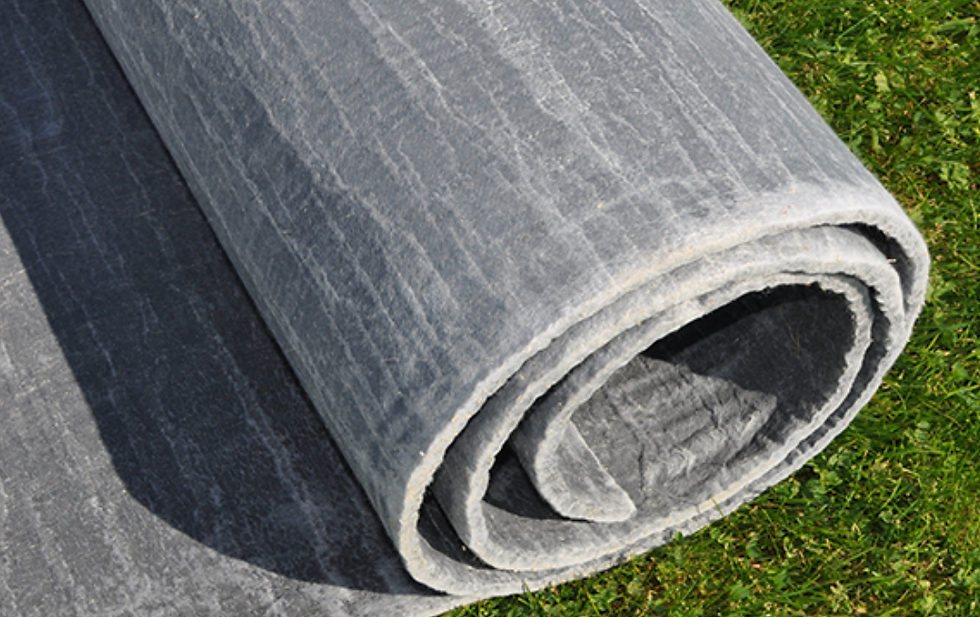
Aerogel insulation is a highly effective insulation material that consists of a solid network of silica particles with air pockets between them. It is known for its extremely low thermal conductivity, making it an excellent choice for insulating buildings and industrial processes. Aerogel insulation is also lightweight, fire-resistant, and environmentally friendly.
How to Start Incorporating Advanced Building Materials into Your Projects
More and more companies are looking to incorporate advanced building materials into their projects today.
These materials offer a wide range of benefits, from increased durability and energy efficiency to improved sustainability and aesthetics. However, getting started with these materials can be daunting for many construction companies, especially those with little to no experience working with them.
Here are some suggestions and tips for construction companies looking to experiment with advanced building materials on their projects:
Research and educate yourself
Before diving into any new materials, it's essential to do your research and educate yourself on the benefits, drawbacks, and best practices for using them. Read up on industry publications, attend conferences and seminars, and connect with experts in the field. The more you know, the more confident and competent you'll be when it's time to incorporate these materials into your projects.
Start small
Don't feel like you need to use advanced materials on every project. Instead, start small by incorporating them into a single project or a specific area of a project. This allows you to test the materials and get a feel for how they perform without committing to a massive investment.
Partner with experts
Consider partnering with experts who have experience working with advanced materials. This can include architects, engineers, and specialty contractors who can offer guidance and advice on the best materials for your specific project needs.
Collaborate with suppliers
Suppliers are a valuable resource when it comes to experimenting with new materials. They can provide guidance on installation techniques, recommend the best products for your needs, and offer training and support for your team.
Invest in training
Investing in training for your team is crucial when working with advanced building materials. Make sure your employees understand how to work with these materials safely and efficiently, and provide ongoing education and support to ensure their skills remain up to date.
Monitor and evaluate performance
As with any new technology or material, it's essential to monitor and evaluate its performance regularly. Set up systems to track performance and gather data to help inform future decisions about using these materials on future projects.
Incorporating advanced building materials into construction projects can be a significant investment, but the benefits can be well worth it. By taking the time to research, educate yourself, and start small, you can build the expertise and confidence needed to make the most of these materials on your projects.
Final Thoughts
Advanced building materials offer a range of benefits, including improved performance, sustainability, and cost-effectiveness. They can also help to reduce the environmental impact of construction and improve the safety and comfort of buildings. As the construction industry continues to innovate and evolve, we will see more advanced building materials being developed and used in construction projects around the world.



